‘We can’t just forget about them’: Pain of loss haunts families of missing MH370 passengers
Can the families of passengers and crew on Malaysia Airlines flight MH370 find closure? Will the missing plane ever be found? The documentary MH370: A Decade On delves into one of the world’s most baffling, and painful, mysteries.
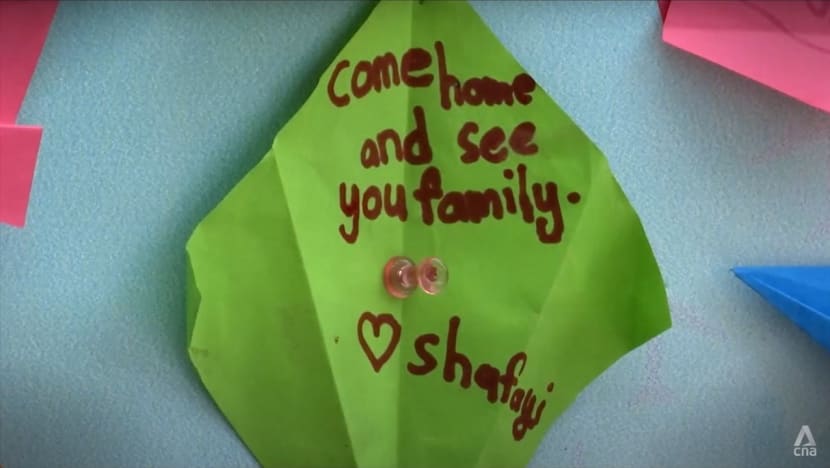
Despite the sadness, and acceptance of the victims’ fate, there remains hope that the plane will be found one day.

This audio is generated by an AI tool.
KUALA LUMPUR: He had been working in Beijing for just under a year when his wife planned to visit him.
V P R Nathan, a Malaysian air traffic controller and instructor, was on secondment to the International Civil Aviation Organisation’s Asia-Pacific regional sub-office in the Chinese capital. And he had not seen his wife, Anne Daisy, 56, for two months.
“I’d come back for Christmas,” recounted the 67-year-old. “Then she wanted to come and spend a week in Beijing to be with me.”
She booked a seat on flight MH370 for March 8, 2014.
“I had a WhatsApp message from my wife before she departed. She was already in the airport, texting and all that,” recalled Nathan. “Because it was a 1 a.m. flight, I think I went to sleep before the plane departed.”
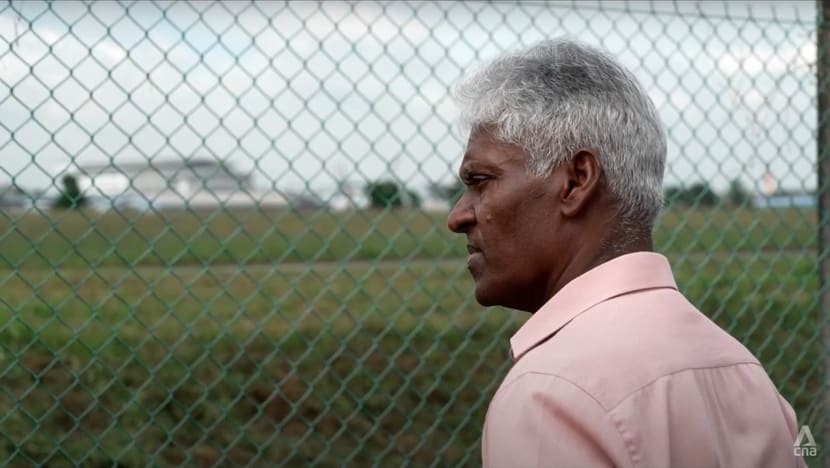
He woke up in the morning and headed for the airport. When he arrived, her flight information was not displayed. The Malaysia Airlines staff there “didn’t have any information on … what time the flight was coming in” either.
“I was already feeling a bit apprehensive that something had gone wrong. Then I sat there, by which time I was already very emotional because …,” he trailed off.
It has been 10 years since MH370 vanished into thin air. It is still one of the world’s most baffling mysteries after the largest, most expensive search in aviation history.
On board the aircraft were 227 passengers and 12 crew members, from 14 countries. For their family members, the pain of loss persists.
Can they find closure? Will the missing plane ever be found? These questions, and more, are covered in the CNA documentary, MH370: A Decade On.
WATCH: Will missing Malaysia Airlines plane ever be found? Experts review clues (46:24)
VARIOUS THEORIES, FRUSTRATION FOR FAMILIES
One of the earliest theories about the missing plane was that it was the work of terrorists, as two Iranian passengers were found to be travelling on stolen European passports.
While this theory was debunked, more conspiracies emerged. One conspiracy suggested the plane had flown towards a restricted American military base on the island of Diego Garcia and was shot down.
Others believe hostile parties had targeted the plane, intent on preventing a cargo of sensitive electronic equipment from reaching its destination.
Aerospace expert Jean-Luc Marchand and pilot Patrick Blelly have since combined their technical and operational backgrounds to try to make sense of the disappearance from the facts available and more accurately depict the events that led up to it.
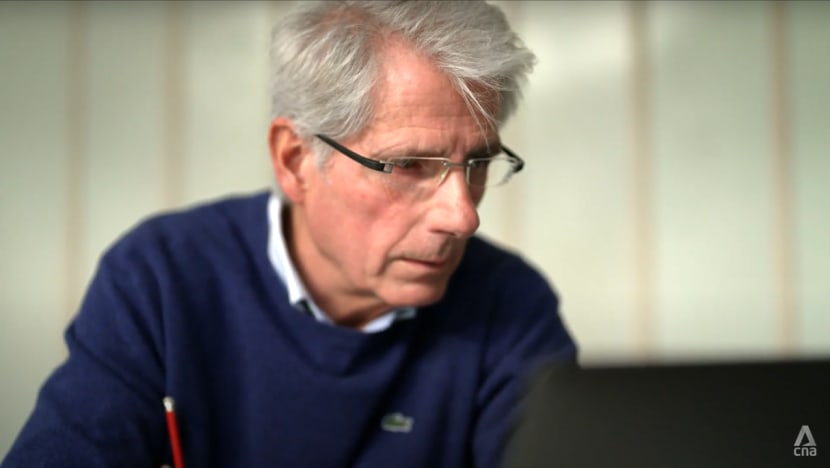
The lack of debris leads them to believe the plane went down in a controlled manner. Had it crashed at, say, 200 knots (370 kilometres per hour), “hundreds of thousands of pieces of debris would’ve been created”, said Marchand.
They conclude that a capable, experienced pilot was in control until the end, navigating the aircraft outside Malaysian radar coverage and along the airspace borders of other countries, avoiding detection before ditching the jet in the Indian Ocean.
“Without formally accusing the pilot, we can’t exclude (him) because he had the experience, and he was an instructor,” said Marchand. “Until we find the wreckage, we (will) not know.”
The various theories have only added to the frustration felt by Jacquita Gonzales, 61, and to the trauma of losing her husband, Patrick Gomes, who was the in-flight supervisor.
“Everybody comes and (says), ‘Maybe it’s this, maybe it’s that.’ I said, ‘There are a lot of maybes, … there’s no confirmation,’” she said. “We don’t have a pirate’s ‘X marks the spot’ (where) you … dig (for) the treasure.”
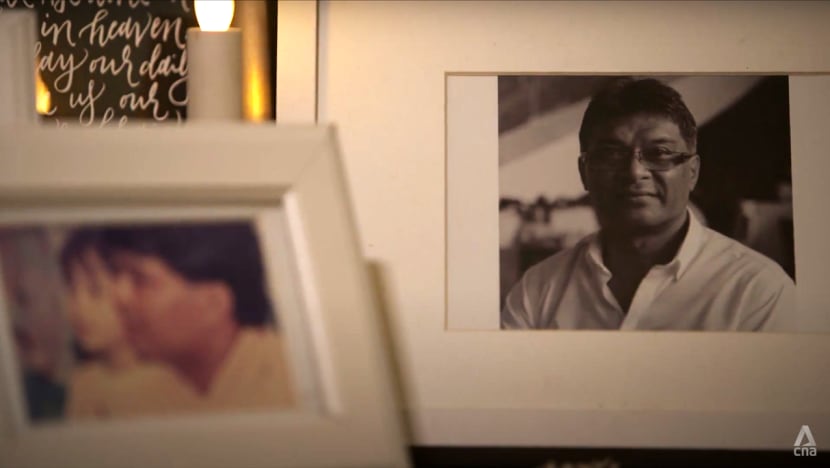
Many people, including her and Nathan, feel the search should continue. “Whatever anybody says is either a theory or speculation. ... Find the black box, and you decipher the information there,” said Nathan.
“A lot of us have accepted that nobody’s coming back. But the important thing is we want to know what happened. ... Was it due to somebody’s nefarious activities, or was it an accident?
“If it was an accident, it’s easier to accept. If there was a catastrophic failure on the plane, you can’t help it. Accidents happen. But if somebody hijacked the plane, that’s different.”
But the Malaysian government has made no efforts to find the plane since January 2018, when it signed an agreement to pay marine robotics company Ocean Infinity up to US$70 million (S$93 million) if it found MH370 in 90 days.
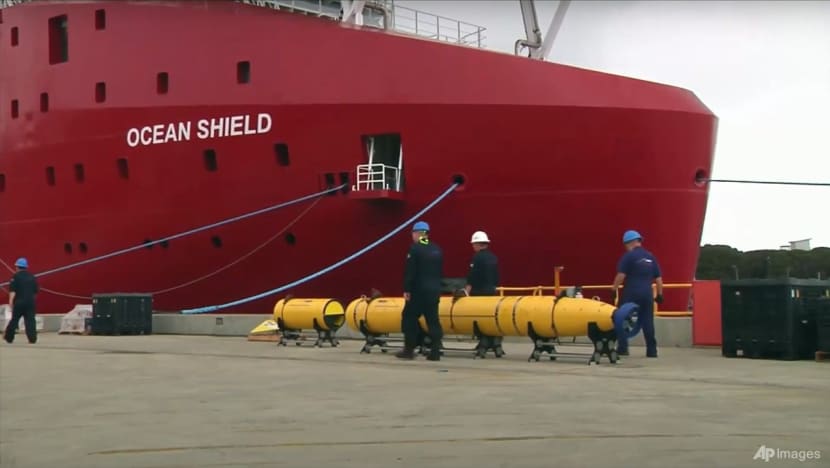
A fleet of eight autonomous underwater drones were deployed, using acoustic signals to create digital maps of the undersea terrain so experts could scour those maps for the wreckage of the Boeing 777 plane. But the company came away empty-handed.
“During the first search, (there) was a lot of anxiety and hope. When the second search came ... we were a little bit more confident because of (the) equipment that they had. It was supposed to be the best,” said Gonzales.
“When the search ended ... I don’t want to say that we lost hope. Because we were always praying and saying that, ‘okay, once, twice, (third) time is the charm’, so hoping for the next search to come along.
“Then maybe there might be some closure for us. Because as of today, it’s still lingering, it’s still up in the air, and it’s ... constantly in our mind.”
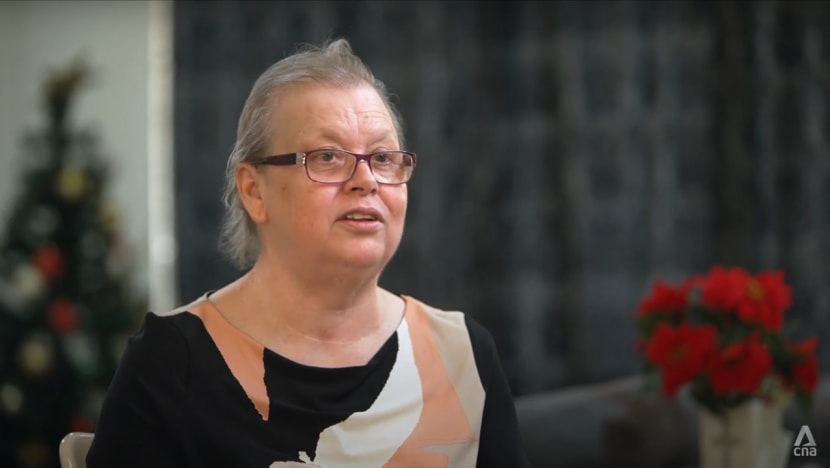
WHERE COULD MH370 BE?
Over in China, where more than half of the 227 passengers were from, a Beijing court began hearing claims for compensation in November, seven years after some of the next of kin had filed the lawsuit.
As more time passes, many of the families are becoming increasingly unhappy. They also believe the search should continue.
“With the search technology available today, the funds needed are already far less than the tens of millions of dollars that were needed for this kind of (search),” said Jiang Hui, whose 71-year-old mother, Jiang Cuiyun, was a passenger.
More than US$150 million was spent on the search for MH370. And the Malaysian government has left open the possibility of mounting another one.
Related content:
It would still cost millions, but as the technology to map the sea floor has improved over the past decade, it would take less time to map uncharted sections than before. Even so, nothing is guaranteed for now.
Charitha Pattiaratchi, a professor at the University of Western Australia Oceans Institute, pointed to history and the Titanic, which was found 73 years after it sank. “And that, knowing where it went down,” he said.
He also cited Air France flight 447, which crashed off the coast of Brazil in 2009. “They knew where (the debris) was. It still took another two years to find it,” said the oceanographer.
In the case of MH370, experts believed its final resting place was in an area of the southern Indian Ocean called the Seventh Arc. But 120,000 sq km was searched without success.
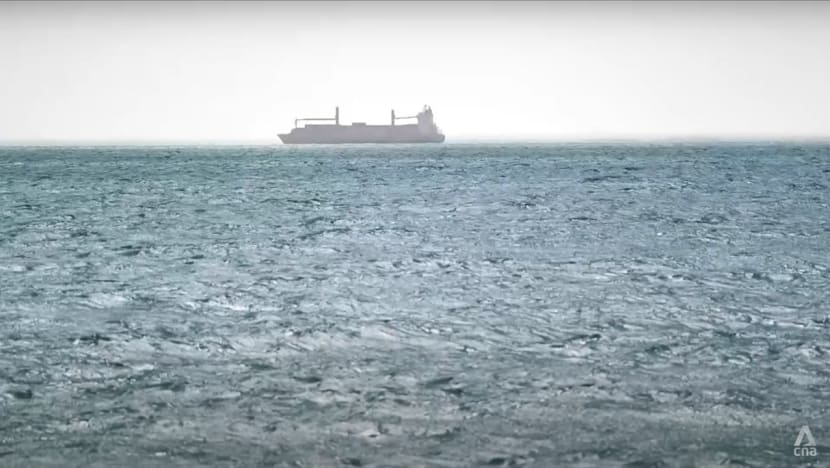
Then and even now, Pattiaratchi thinks the plane will be found, whether in a “dedicated search” or “by accident”, for example by a science research ship that might “suddenly find evidence”.
“But if you’re not looking for it, you’re not going to find it,” added Pattiaratchi, whose computer simulations of ocean currents correctly predicted that fragments from MH370 would wash up on the east coast of Madagascar and the African continent.
Where could the plane be, though? Near the Seventh Arc satellite band, in the vicinity of a deep trench about 1.5 km wide, known as Broken Ridge, he believes. “It’s huge. It’s very rugged terrain.”
He drew an analogy with Australian state Tasmania, whose main island covers almost 25,000 square miles (64,700 sq km).
“Imagine you’re looking for a plane (on) that island, which is full of forest and a whole lot of stuff. And imagine you’re in a helicopter, 4 km in the air. But you’re blindfolded,” he said.
“You’re basically sensing through sound by acoustic signals. That’s all you have.”
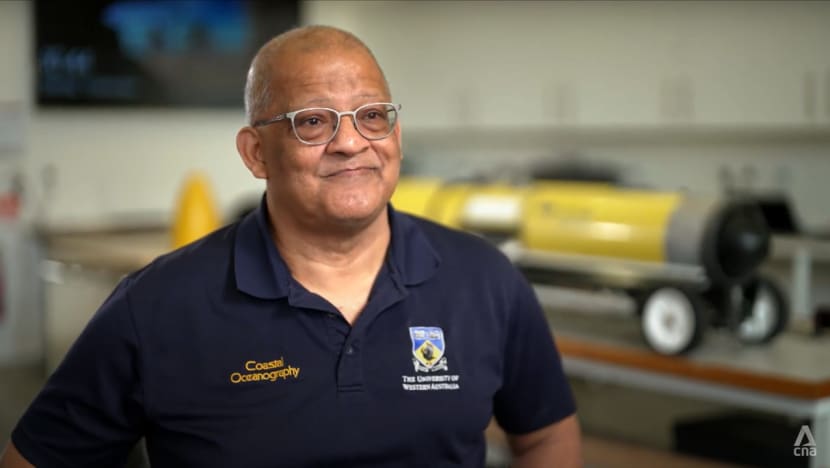
For the families who lost their loved ones, all they have are memories of happier times, along with their pain.
“I don’t think any of the family members ever forget the first day and days after that — what we did, what we went through,” said Gonzales. “Until today, it’s fresh in our minds when we hear about MH370.
“Every March 8 is a replay button for all of us. But now that it’s … 10 years, I think we’re coping a lot better, and we’re not hoping for them to come back to us, although it’d be great.”
The hope she clings to is that MH370 “doesn’t remain a mystery” — if not in her lifetime, then her children’s — so that they “get answers (as) to what happened to their dad and to all those people on board”.
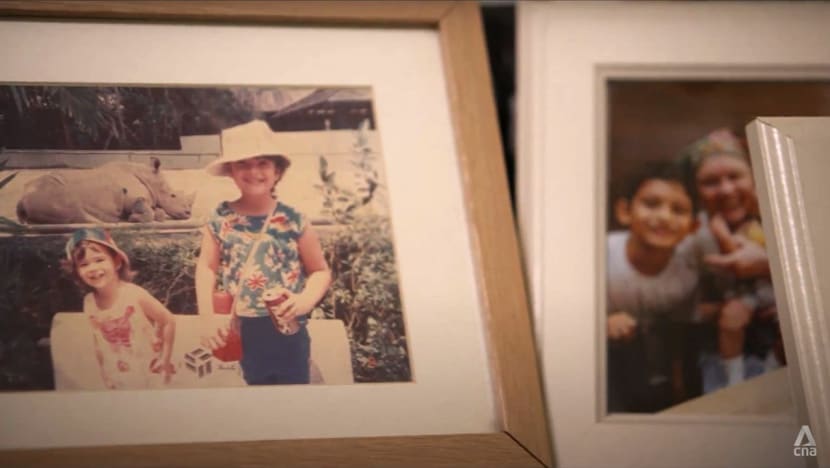
“We can’t just forget about them and ... not have any closure. Until today, I’ve not had a memorial for Patrick at all because I don’t know anything,” she said.
“I’ve not walked down the church aisle with his photo to say ... that’s it. I haven’t done that. I haven’t put him anywhere. I don’t have a grave to go to; I don’t have a niche to go to.”
A decade on, not much has changed for the families. “From the beginning till today, it’s all about finding the passengers and finding the plane. This has always been our aim. ... We’ve been working hard,” said Jiang, 51.
“(But) if it weren’t for the fact that it’s the 10th anniversary, probably no one would pay any attention to this.”
Today, Nathan should have been enjoying his retirement. Instead, the disappearance of MH370 has left a void in his life.
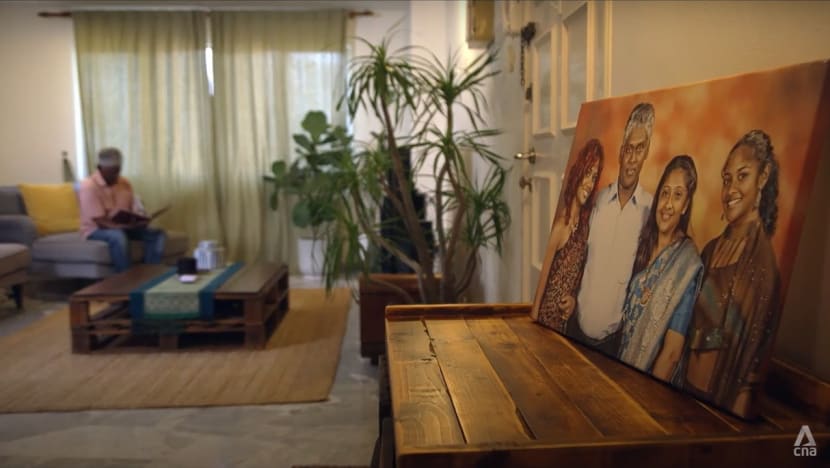
“The plan was to travel,” he said. “The children would’ve finished their studies. They’d be on their own, then we’d be alone.
“My wife, who liked gardening, (also) had all these plants all over the house (with plans for) better fountains and things like that. ... After this thing happened, the house (has been) very empty.”
Somewhere out there is his wife, one of 239 souls waiting to be found and brought home.
Watch the CNA documentary MH370: A Decade On here.


















